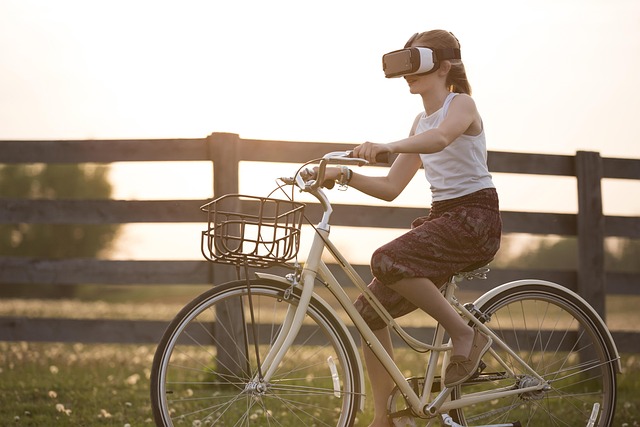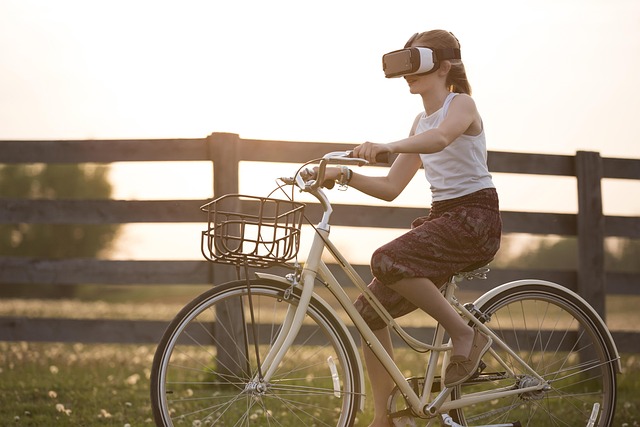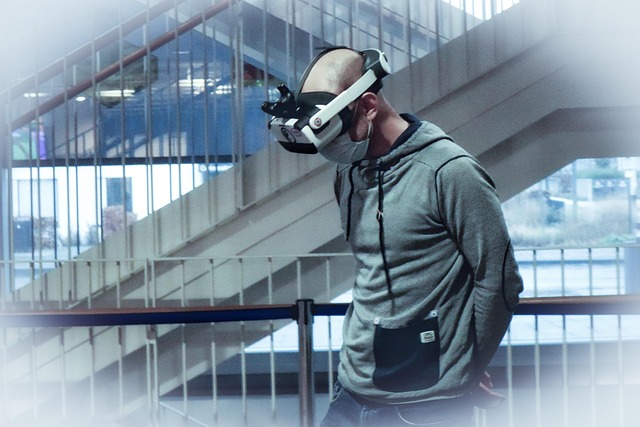As we find ourselves increasingly immersed in the digital landscape, the concept of virtual life has taken on new dimensions. With technological advancements in virtual reality (VR), augmented reality (AR), and the burgeoning metaverse, we are now able to create and experience interactions that transcend the limitations of our physical world. This evolution is not merely a trend; it is redefining the essence of human connection, providing us with opportunities to engage in ways we never thought possible.
Imagine donning a VR headset, where the boundaries of reality dissolve, and you are transported to a fantastical world where your avatar can socialize, explore, and even work. This digital escapism offers a sense of freedom and adventure that often feels more exhilarating than real life. In this space, we can be whoever we want to be, embodying different personalities and exploring diverse environments with the click of a button.
On the other hand, augmented reality blends our physical surroundings with digital enhancements, merging reality with virtual elements. Picture attending a concert where the artist appears right in front of you, but enhanced with holographic effects that make the experience unforgettable. With AR applications, everyday interactions can be transformed into something extraordinary, rich with information and creativity, thereby enhancing our social experiences.
The emergence of the metaverse signifies the next frontier in our virtual life. It is a collective virtual space that combines aspects of VR, AR, and the internet, creating an expansive universe where users can connect, collaborate, and create. Whether it’s a virtual marketplace for buying and selling digital assets or immersive environments for educational purposes, the metaverse promises a future where limitations of interaction are diminished. Users are provided with the tools to craft their own destinies within this matrix, engaging in commerce, socializing, and playing—all in a seamless digital ecosystem.
It’s essential to recognize that while the allure of virtual life is captivating, it also challenges us to find balance. The ability to connect with others in such immersive ways can create deeper relationships, yet it can also pave the way for isolation if not approached mindfully. As we explore these new realms, we must ask ourselves how we can harness the positive aspects of this digital interaction while remaining grounded in our physical lives.
As we navigate this exciting terrain, the exploration of virtual reality, augmented reality, and the metaverse will continue to shape our interactions. The essence of virtual life lies not only in creating simulations of reality but also in amplifying our ability to communicate, connect, and create meaningful experiences. Each venture into these digital dimensions brings with it the potential for innovation, creativity, and deeper understanding of what it means to be human in an increasingly digital age.




